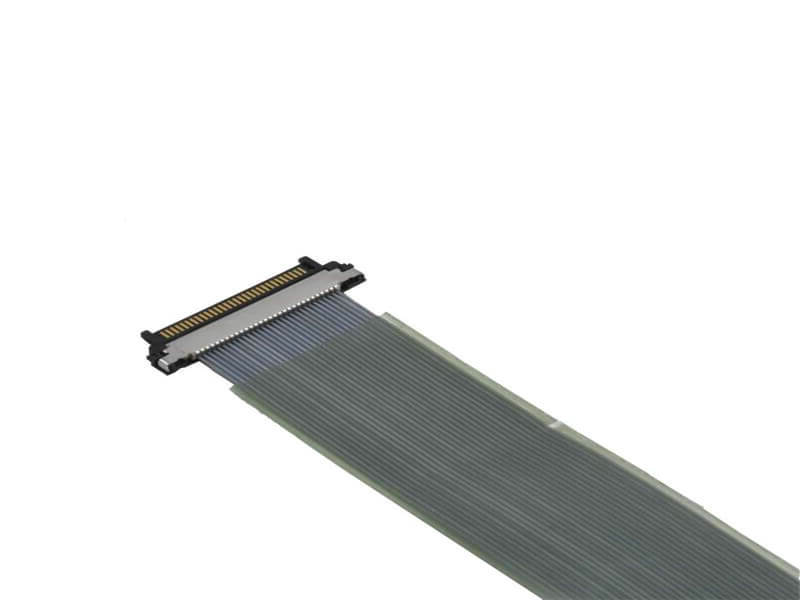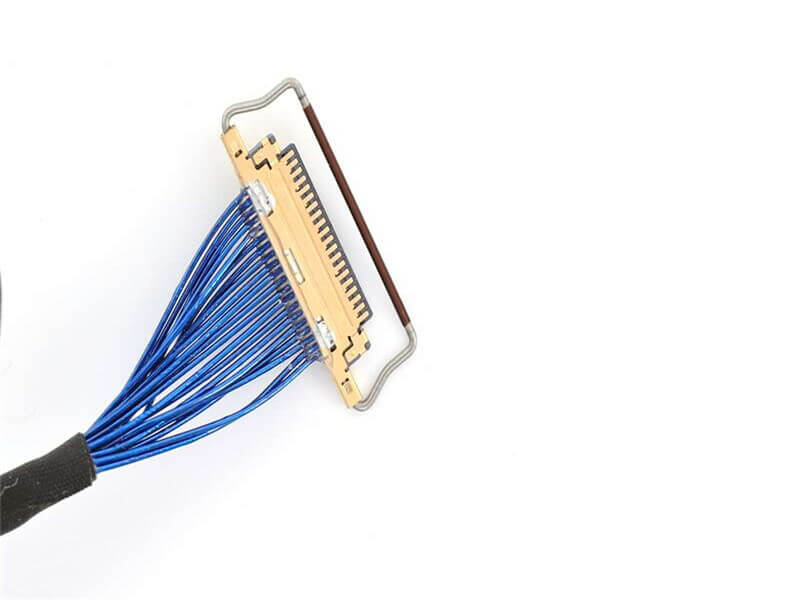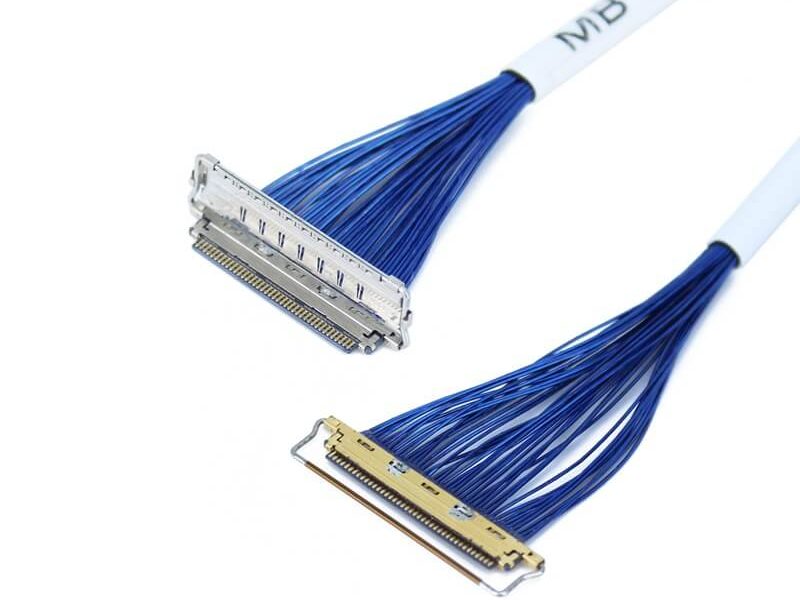High-Temperature and Radiation Resistance of Micro-Coaxial Cables
In the demanding environment of aerospace engineering, where extreme temperatures, radiation exposure, and reliability are critical, the choice of transmission lines can make or break mission success. Micro-coaxial cables, with their miniaturized design and robust performance, have emerged as a cornerstone technology for aerospace applications.
1.The Aerospace Challenge: Extreme Environments
Aerospace systems operate in some of the harshest conditions imaginable:
Thermal extremes: Temperatures can swing from cryogenic levels in space to over 200°C near engines or during re-entry.
Radiation exposure: Cosmic rays, solar particles, and Van Allen belt radiation can degrade materials and disrupt signals.
Mechanical stress: Vibration, shock, and vacuum conditions demand durable, lightweight solutions.
Traditional cables often fail under these stressors, making micro-coaxial cables a preferred choice for their tailored engineering.
2. High-Temperature Performance of Micro-Coaxial Cables
Material Innovation
Micro-coaxial cables are engineered with advanced materials to withstand thermal extremes:
Insulation: High-temperature polymers like polyimide or PTFE (Teflon) provide dielectric stability up to 300°C. These materials resist melting, cracking, or outgassing in vacuum environments.
Shielding: Multi-layer shields using silver-plated copper or aluminum alloys maintain conductivity even under thermal expansion.
Jackets: Silicone or fluoropolymer coatings offer flexibility and protection against abrasion at high temperatures.
Design Features
Miniaturization: Smaller diameters reduce thermal mass, enabling rapid heat dissipation.
Thermal cycling resistance: Robust construction prevents delamination or impedance shifts during repeated temperature fluctuations.
Applications
Engine and avionics systems: Transmitting sensor data in high-heat zones.
Spacecraft propulsion: Surviving thruster plume temperatures.
Re-entry vehicles: Maintaining signal integrity during intense aerodynamic heating.
3. Radiation Resistance: Shielding Against Cosmic Threats
Radiation-Induced Failures
Ionizing radiation in space can:
Damage insulation and conductive materials.
Create charge buildup, leading to electrostatic discharge (ESD).
Alter signal propagation through dielectric degradation.
Radiation-Hardened Design
Micro-coaxial cables address these risks through:
Triple shielding: Combines braided shields, foil layers, and conductive tapes to block electromagnetic interference (EMI) and particle penetration.
Radiation-tolerant dielectrics: Ceramic-loaded PTFE or polyimide minimizes atomic displacement and ionization effects.
Metal-coated polymers: Gold or nickel plating on conductors prevents oxidation and maintains conductivity in radioactive environments.
Testing and Validation
Aerospace-grade micro-coaxial cables undergo rigorous testing:
Total Ionizing Dose (TID) tests: Exposing cables to gamma rays to simulate years of space radiation.
Single-Event Effect (SEE) tests: Evaluating resilience to high-energy particle strikes.
NASA and MIL-STD compliance: Meeting standards such as NASA-ESA-SCC-0250 or MIL-DTL-17 for space and military use.
4. Aerospace Applications: Where Micro-Coaxial Cables Shine
Satellite Communications
Low Earth Orbit (LEO) satellites: Withstanding temperature swings from -150°C to +150°C while resisting solar radiation.
Deep-space probes: Ensuring reliable data transmission over decades in high-radiation zones.
Aircraft and UAVs
Engine monitoring systems: Surviving jet engine heat and vibration.
Fly-by-wire systems: Resisting EMI from onboard radar and communication equipment.
Manned Spacecraft
Crewed capsules: Shielding life-support and navigation systems from radiation.
Lunar/Mars habitats: Enabling robust connectivity in dusty, high-temperature extraterrestrial environments.
5. Future Trends: Pushing the Limits
Nanomaterial integration: Graphene-coated conductors for enhanced thermal and radiation resistance.
Additive manufacturing: 3D-printed micro-coaxial structures optimized for specific missions.
Self-healing polymers: Materials that automatically repair minor radiation or heat damage.





